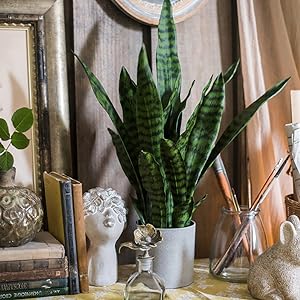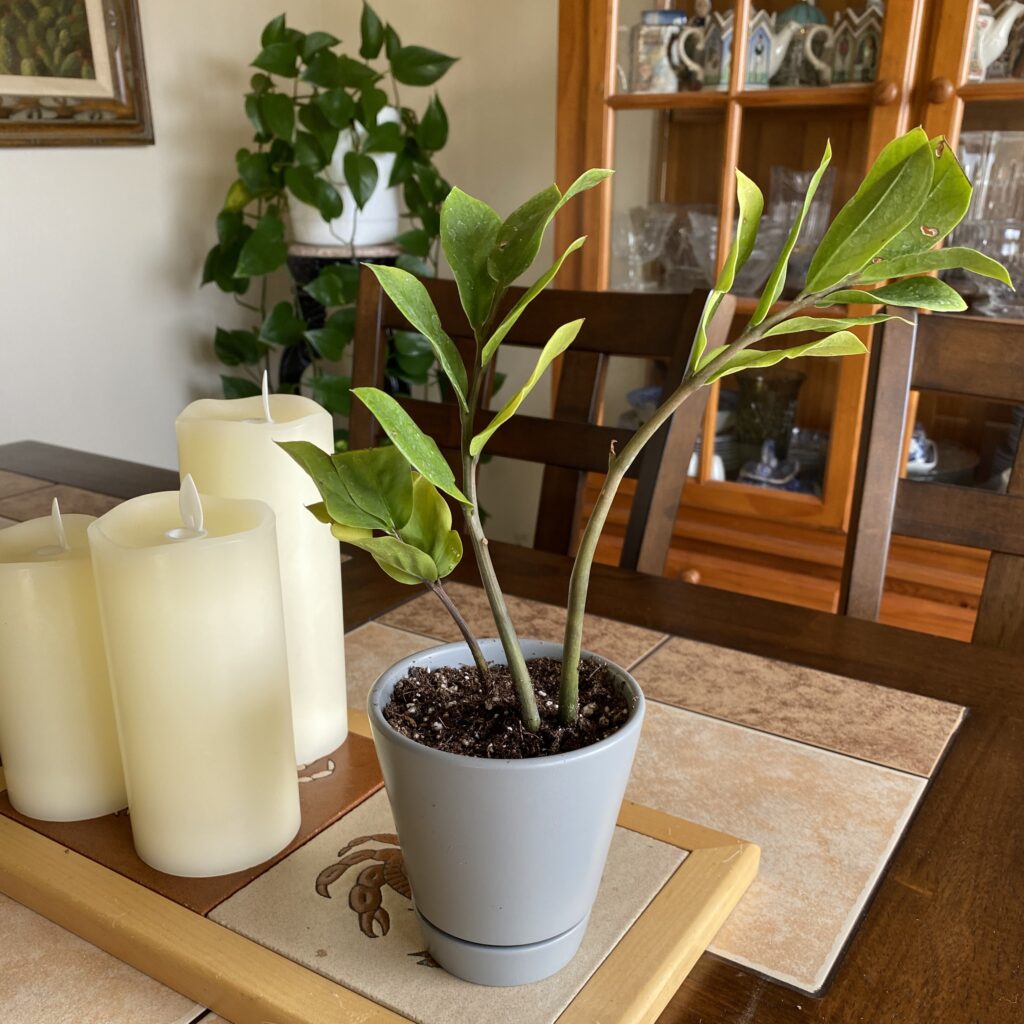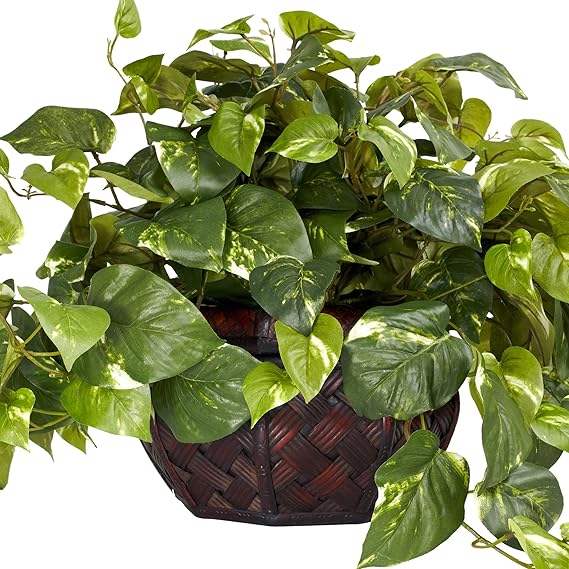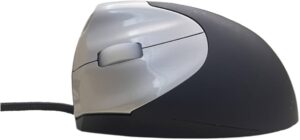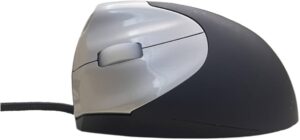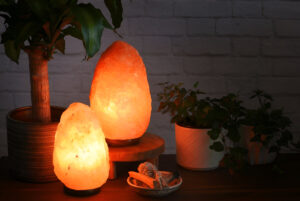Welcome to the world of office desk plants! This guide will explore the benefits of having plants in your workspace, the factors to consider when choosing the right plant, and provide a list of the best low-maintenance plants suitable for office desks. Let’s dive into how these green companions can transform your office environment.
-
- Why Plants Matter in the Office: Explore the health and aesthetic benefits.
-
- Choosing the Right Plant: Light, space, and care requirements.
-
- Top Plants for Your Desk: A curated selection of the best low-maintenance options.
The Transformative Power of Plants in the Office
A Breath of Fresh Air
Office plants are more than just decor. They play a vital role in enhancing the office environment, from improving air quality to boosting mood and productivity. Studies have shown that plants can significantly reduce stress levels and increase concentration. They are not just pleasing to the eye but also beneficial for your mind and body.
Selecting the Perfect Plant
When choosing a plant for your office desk, consider the available light, the space you have, and how much care the plant will need. Some plants thrive in bright, indirect light, while others are content in low-light conditions. Consider your office environment and your ability to care for the plant when making your choice.
Ideal Plants for Busy Professionals
If you’re looking for plants that require minimal care, consider these options:
-
- Snake Plant: Thrives in low light and can withstand drought.
-
- ZZ Plant: Nearly indestructible and adaptable to various light conditions.
-
- Pothos: Adds a touch of the jungle with easy care.
-
- Spider Plant: Hardy and air-purifying.
More Top Picks for Office Plants
| Plant Name | Light Requirement | Care Level | Special Features |
|---|---|---|---|
| Snake Plant | Low light | Low maintenance | Drought-resistant |
| ZZ Plant | Adaptable to various lights | Very easy | Nearly indestructible |
| Pothos | Indirect light | Easy | Trailing vines |
| Spider Plant | Adaptable to light | Easy | Air-purifying |
| Rubber Plant | Bright, indirect light | Moderate | Bold leaves |
| African Violet | Indirect light | Easy | Blooms year-round |
| Aloe | Bright light | Easy | Good for dry conditions |
| English Ivy | Avoid direct sunlight | Moderate | Ideal for hanging baskets |
| Philodendron | Adaptable to light | Easy | Various shapes and sizes |
| Tillandsia | Bright, indirect light | Very easy | Soilless (air plant) |
| Lucky Bamboo | Moderate light | Easy | Believed to bring luck |
| Peace Lily | Low to moderate light | Easy | Produces white flowers |
| Jade Plant | Bright light | Very easy | Long-living succulent |
| Weeping Fig | Bright, indirect light | Moderate | Can grow tall |
| Spiderwort | Adaptable to light | Easy | Hardy plant |
| Parlor Palm | Moderate light | Easy | Tropical vibes |
| Nerve Plant | Indirect light | Moderate | Patterned leaves |
| Ponytail Palm | Bright light | Very easy | Succulent-like |
| Prayer Plant | Moderate light | Moderate | Leaves fold up at night |
| Peperomia | Moderate light | Easy | Many varieties |
| Cast-Iron Plant | Low light | Very easy | Tolerates less ideal conditions |
| Chinese Evergreen | Low light | Very easy | Handles infrequent watering |
| Dwarf Umbrella Tree | Moderate light | Easy | Can grow tall |
This table provides a quick overview of each plant’s light requirements, care level, and special features, making it easier for you to choose the right plant for your office desk.
A Diverse Selection
Continuing our list of low-maintenance office plants, here are more options that cater to different tastes and office environments:
-
- Rubber Plant: Requires bright, indirect light and has bold leaves.
-
- African Violet: Blooms year-round and easy to care for.
-
- English Ivy: Perfect for hanging baskets; keep out of direct sunlight.
-
- Philodendron: Comes in various shapes and sizes, easy to care for.
Unique and Easy-to-Maintain Options
Some more plants that are perfect for the office environment include:
-
- Tillandsia (Air Plant): Doesn’t need soil, extremely low-maintenance.
-
- Lucky Bamboo: Easy care and believed to bring good luck.
-
- Peace Lily: Produces beautiful flowers and is easy to maintain.
-
- Jade Plant: A type of succulent that lives long with minimal care.
The Science Behind Desk Plants: Why They’re More Than Just Decor
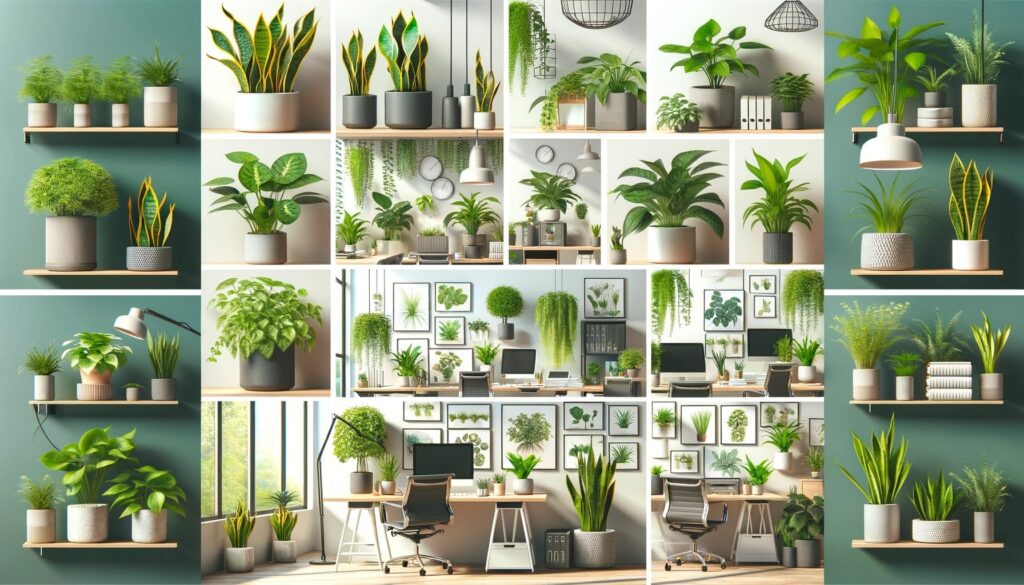
The Scientific Perspective
Plants are not just aesthetic additions to an office desk; they have scientifically proven benefits that enhance both the physical and mental environment of a workspace. Here’s a simple breakdown of the key scientific reasons for keeping plants on your desk:
-
Air Purification: Plants are natural air purifiers. They absorb toxins like formaldehyde and carbon dioxide, releasing clean oxygen in return. This process, known as phytoremediation, improves indoor air quality.
-
Humidity Regulation: Plants release moisture into the air through a process called transpiration. This can help maintain optimal humidity levels, which is beneficial for respiratory health and comfort.
-
Stress Reduction: Studies have shown that the presence of plants can lower workplace stress and boost mood. The calming effect of greenery has been linked to reduced levels of cortisol, the stress hormone.
-
Enhanced Concentration and Productivity: Interaction with plants can improve concentration and productivity. This is attributed to the biophilic effect, where exposure to nature enhances cognitive function and creativity.
Data and Table: The Impact of Plants on Office Environment
To illustrate these points, here’s a simple table summarizing key research findings:
| Aspect | Benefit | Scientific Basis |
|---|---|---|
| Air Quality | Reduces toxins, improves oxygen | Phytoremediation |
| Humidity Levels | Regulates, enhances comfort | Transpiration |
| Stress and Mood | Reduces stress, improves mood | Cortisol reduction |
| Concentration | Boosts focus and productivity | Biophilic effect |
These insights demonstrate the multifaceted benefits of having plants in the office, extending far beyond their aesthetic value. By incorporating plants into your workspace, you are actively contributing to a healthier, more productive environment.
Conclusion
Bringing plants into your office is not just about aesthetics; it’s about creating a healthier, more vibrant workspace. Whether you choose a low-light tolerant ZZ plant, a visually striking African Violet, or an easy-to-care-for Jade Plant, each offers unique benefits and adds life to your desk. Explore more about office plants and desk setups in similar blogs:

